LSD
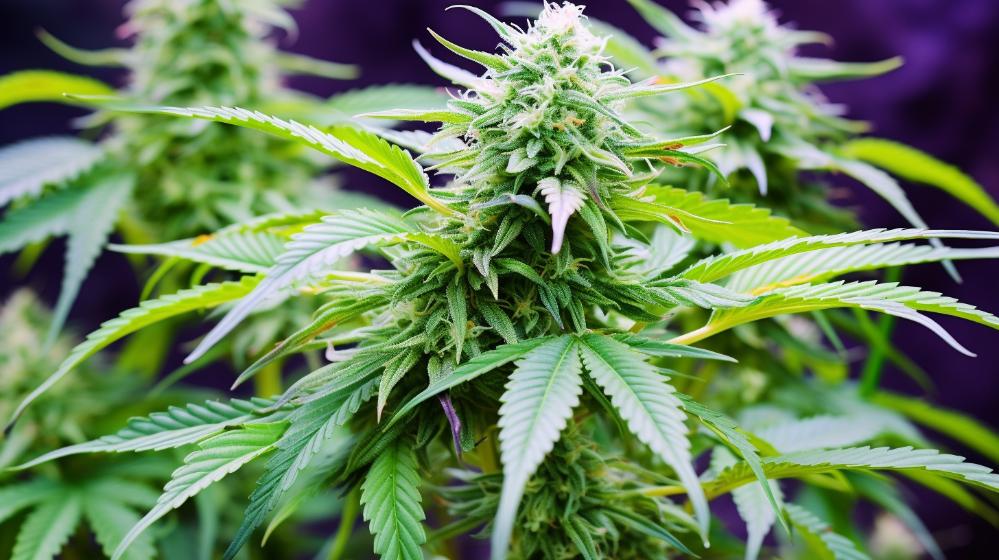
The LSD weed strain, named for its intensely cerebral effects that many liken to a psychedelic experience, represents a fascinating intersection of genetics, horticulture, and user experience in the world of cannabis cultivation.
Originating from a cross between the storied Mazar-I-Sharif and the iconic Skunk #1, this strain has garnered attention not only for its strikingly unique effects but also for its robustness and adaptability in various growing conditions.
With an intricate terpene profile contributing to its distinctive aroma and flavor, LSD has piqued the interest of both connoisseurs and medical patients alike, promising a complex interplay of euphoria and potential therapeutic benefits.
As the discourse around this strain unfolds, it invites a closer look at its chemical makeup, its award-winning pedigree, and the implications for those seeking alternative avenues for stress and pain management.
Yet, despite the acclaim, the LSD strain’s impact on individuals varies widely, raising questions about its suitability for different users and the need for responsible usage within the broader context of cannabis consumption.
Genetic Lineage
The LSD weed strain, a robust hybrid, inherits its genetic lineage from the cross-breeding of the indica-dominant Mazar-I-Sharif with the sativa-influenced Skunk #1, endowing it with a unique amalgamation of effects and growth traits.
Originating from the Afghan Indica heritage, Mazar-I-Sharif imparts the strain with sturdy growth characteristics, while Skunk #1 contributes to its vigorous yield potential and disease resistance. The resultant hybrid showcases the resilience of its Afghan Indica roots, which is evident in its ability to resist common cannabis ailments and adapt to various growing conditions.
Cultivators appreciate the LSD strain’s manageable growth profile, as it typically reaches a moderate height of around 100cm indoors, optimizing space efficiency. Its compact stature, coupled with a natural resilience to mold, makes it a favorable option for both novice and experienced growers. The strain’s flowering period is relatively short, spanning 8-9 weeks, allowing for a timely harvest.
With yields averaging 600 grams per square meter, the LSD strain not only exemplifies the robustness of its genetic foundation but also offers a rewarding cultivation experience. The deep, musky aroma and the intense flavor profile further attest to the high-quality genetic makeup of this distinctive hybrid.
THC/CBD Content
Boasting a high THC content of approximately 20%, the LSD weed strain is known for its potent psychoactive effects and negligible CBD levels, which are virtually absent in its profile. This significant concentration of THC is responsible for the strain’s reputation as a potent psychedelic, offering an intense and vivid experience for users. Its low CBD content indicates that it might not be the go-to choice for those seeking the medicinal benefits commonly attributed to cannabidiol.
Analyzing the chemical composition further, the absence of CBD in the LSD strain suggests a profile skewed heavily towards recreational use, with less emphasis on the potential therapeutic effects CBD is known for, such as anti-inflammatory and anxiolytic properties. Instead, the high THC level positions the LSD strain as more suitable for experienced cannabis users who are well-acquainted with strong psychoactive outcomes.
Here is a brief overview of the THC and CBD content in the LSD strain:
| Compound | Percentage |
|---|---|
| THC | ~20% |
| CBD | ~0% |
Given the significant THC dominance, LSD weed is likely to produce a more cerebral and potentially overwhelming effect, which should be approached with caution by novices to avoid an uncomfortable experience.
Terpene Profile
While the high THC content of the LSD strain sets the stage for its powerful psychoactive effects, its distinctive terpene profile, featuring myrcene, caryophyllene, and limonene, plays a crucial role in shaping the strain’s unique aroma and potential therapeutic properties.
Myrcene, the primary terpene found in LSD, is often associated with a musky and earthy scent. It is reputed for its relaxing and sedative qualities which may amplify the strain’s stress-relieving and calming effects. The presence of myrcene could be partly responsible for the deeply soothing cerebral effects that characterize the LSD strain’s experience.
Caryophyllene, another significant terpene in this strain, contributes a spicy and peppery note to the overall profile. It’s recognized for its potential anti-inflammatory and analgesic properties, which could be beneficial in alleviating chronic pain and reducing inflammation. This terpene may interact synergistically with the high THC levels to enhance the strain’s cerebral effects and therapeutic potential.
Lastly, limonene adds a hint of citrus to the LSD strain, rounding out the aroma with a refreshing zing. It is linked with mood elevation and stress relief, potentially boosting the cerebral effects and creating an uplifted, euphoric state that can combat symptoms of depression.
Understanding the nuanced interplay of these terpenes with the cannabinoid content is key to fully appreciating the LSD strain’s complex profile and its effects on the mind and body.
Effects
Many users of the LSD cannabis strain report a profound sense of euphoria, often accompanied by heightened creativity and an overall uplifting effect that can be particularly beneficial for those dealing with stress and depressive symptoms. The cerebral high associated with this strain is not just limited to emotional upliftment; it also stimulates a creative mindset, which is highly valued by artists and those seeking to engage in creative pursuits.
However, while the LSD strain is celebrated for its positive effects, it’s also important to acknowledge the less desirable outcomes. Dry mouth and dizziness are two such negative side effects that users should be aware of. These adverse reactions underscore the need for responsible usage and proper hydration when enjoying the LSD strain.
The following table provides a snapshot of the effects commonly reported by users of the LSD cannabis strain:
| Positive Effects | Negative Side Effects |
|---|---|
| Euphoric feelings | Dry mouth |
| Creative mindset | Dizziness |
| Uplifting experience | |
| Stress relief | |
| Aid for depressive symptoms |
Medical Uses
Recognizing the potential of the LSD cannabis strain for recreational use, it is equally important to consider its therapeutic applications, particularly in the management of stress and other mental health conditions. The LSD strain has garnered attention for its efficacy in relieving stress, mitigating symptoms of depression, and aiding in anxiety reduction. Its unique combination of calming and energizing effects provides a multifaceted approach to mental wellness, allowing users to achieve a sense of balance and tranquility that can be beneficial in the context of therapeutic settings.
Furthermore, individuals suffering from mild to moderate chronic aches and pains have reported relief when using the LSD strain. Its analgesic properties make it a viable option for those seeking an alternative to traditional pain management strategies. As such, the LSD strain is often prescribed for a range of conditions, including stress, anxiety, depression, insomnia, and migraines. The strain’s cerebral stimulation, unusual for an Indica, is followed by a body-numbing effect, making it suitable for afternoon use when one can accommodate the subsequent relaxation phase.
However, it is crucial to emphasize the necessity of consulting health professionals when considering the LSD strain for medical use, as it is not a substitute for professional medical advice. Despite its potential benefits, it is essential to approach the use of this strain with caution and under appropriate guidance.
Flavor and Aroma
The LSD cannabis strain distinguishes itself with a robust and musky flavor profile, akin to high-grade hashish, that offers users a distinct and immersive tasting experience. This strain’s potency is not just limited to its psychedelic effects but also extends to its aromatic presence. Users report a deep and musky aroma that sets it apart from lighter, fruitier strains. The strong earthy notes, underscored by the richness of chestnut, make for a memorable olfactory encounter.
Cannabis connoisseurs have often noted the harmonious blend of LSD’s flavor and aroma contributing to its award-winning status. Its sensory profile complements the powerful cerebral high that has captivated the cannabis community. The experience of consuming LSD is often described as sensational, not solely for its mind-altering effects but also for the awesome smoking experience it delivers.
The flowering time of the LSD strain is also a point of interest, as it is during this period that the plant develops its full aromatic complexity. As buds mature, the scent intensifies, promising a potent bouquet that is both a precursor and an integral part of the overall LSD cannabis encounter.
Appearance
Building upon its captivating sensory profile, the LSD weed strain also boasts a visually striking appearance, with buds that exhibit lighter shades of green, accented by bright orange pistils and a generous dusting of white trichomes. The LSD strain’s flowers are not only vibrant in color but also notable for their dense and cone-shaped structure. This unique combination of features contributes to the strain’s aesthetic allure, making it a favorite among cannabis connoisseurs and enthusiasts.
- The LSD strain’s appearance:
- Color: Light shades of green form the backdrop for the vivacious bright orange pistils that weave through the buds, while the white trichomes deliver a sparkling contrast that is almost frost-like.
- Structure: Dense and meticulously shaped, the cone-like flowers exhibit the pinnacle of cannabis cultivation, with each bud seemingly crafted to perfection.
This distinctive visual profile is complemented by a fresh and earthy flowery aroma, underscored by a sweet skunk fragrance. Upon consumption, users are greeted with a citrus feel that enhances the overall experience. While the LSD strain is associated with an upbeat sense of happiness, it is important to note that it can also induce confusion and a sensation of mental stuckness for some users.
Grow Information
Cultivators of the LSD marijuana strain can anticipate a robust and disease-resistant plant, which, thanks to its indica-dominant genetics and a crossbreed lineage of Mazar I Sharif and Skunk #1, offers a straightforward and rewarding growing experience. This easy-to-grow strain adapts well to various environments, whether indoor or outdoor, and produces high yields that appeal to both novice and experienced growers.
The LSD strain’s compact stature and ability to produce mega-sized buds make it particularly suitable for indoor cultivation where space may be limited. Its natural resistance to mold and common cannabis diseases further simplifies the growing process, ensuring a hassle-free experience. For optimal results and to maintain the strain’s high potency, it is essential to store seeds in a cool, dark, and airtight container.
Here is a concise table summarizing the key grow information for the LSD marijuana strain:
| Aspect | Detail | Note |
|---|---|---|
| Flowering Time | 65-78 days | Aligns with typical indica-dominant strains |
| Average Height | ~100cm indoors | Compact size ideal for indoor settings |
| Yield | Up to 650g/m² | High yields, especially for indoor grows |
| Disease Resistance | High | Contributes to an easy growing experience |
This strain’s ease of cultivation, coupled with its potent effects, continues to make it a staple in cannabis culture.
Adverse Effects
Users of the LSD marijuana strain may encounter several adverse effects, including dry mouth and dizziness, which warrant attention and precautionary measures. Being aware of these potential downsides can help users manage them effectively. It is important to note that while these effects are relatively common, they are not typically severe. However, users should consider them when deciding whether to use this strain, and they may want to consult with a healthcare provider for medical advice if they have concerns.
- Common Adverse Effects:
- Dry mouth (cottonmouth)
- Emotion: Discomfort and annoyance from persistent dryness.
- Dizziness
- Emotion: A sense of unease or vulnerability, particularly when balance is affected.
Additional adverse effects to be mindful of include:
- Dry eyes
- Emotion: Irritation and a nagging need to seek relief.
- Headaches
- Emotion: Frustration and the inability to focus or enjoy usual activities.
In rare cases, individuals might experience minor paranoia, which underscores the importance of being in a trusted and secure setting while using the LSD strain. Users should always prioritize their well-being and seek medical advice if adverse effects persist or if they experience severe reactions.
Comparisons with Similar Strains
Among the myriad cannabis strains available on the market, the LSD strain distinguishes itself with a particularly psychedelic and euphoric head high that is unmatched by its counterparts.
Originating from Barneys Farm, a renowned name in cannabis breeding, LSD’s exceptional qualities are a product of its prestigious lineage combining Mazar-I-Sharif and Skunk #1. This heritage not only imparts the strain with a musky flavor profile that echoes the aromatic depth of high-quality hash but also contributes to its standout cerebral effects.
While other strains might offer euphoria, LSD’s high is noted for its intensity and deeply psychedelic nature. Users seeking an immersive and contemplative experience often prefer LSD over strains with milder or more physically sedating effects. Moreover, LSD’s balance as an indica/sativa hybrid offers a comprehensive experience that caters to both body and mind, distinguishing it from strains with a more one-dimensional character.
Additionally, LSD boasts robust growth characteristics, being notably hardy and disease-resistant. This resilience is a significant advantage for cultivators, as it promises a reliable yield without the high maintenance that similar strains might demand. The combination of its potent effects, unique flavor, and agricultural hardiness ensures LSD’s prominence in the competitive cannabis market.
Research and Studies
Studies exploring the effects of the LSD cannabis strain have confirmed its notable potency and the distinctively psychedelic experience it provides to consumers. The strain’s THC content, which can range from 16-24%, underscores the importance of understanding its strength. Research indicates that the LSD strain can deliver an intense, euphoric high, accompanied by a unique cerebral stimulation that is atypical for an indica-dominant hybrid.
-
Psychedelic and Therapeutic Attributes:
-
Intense euphoria and creativity; appeals to those seeking a powerful mental experience.
-
Potential relief for stress, depression, and anxiety; indicative of its therapeutic applications.
-
Cautions and Recommendations:
-
Advised to consult health professionals before use; not to be mistaken for medical treatment.
-
Awareness of potency is crucial; responsible consumption is paramount given the high THC levels.
Studies have also shown that the LSD strain’s genetic lineage, stemming from Mazar-I-Sharif and Skunk #1, contributes to its robust profile. With a flowering time of 8-9 weeks and the ability to yield approximately 600 grams per square meter, the strain exhibits both quality and quantity, making it a noteworthy subject for further research in the context of cannabis cultivation and utilization.
History and Origin
The LSD cannabis strain, a potent mix of Mazar I Sharif and Skunk #1, owes its origins to a rich lineage that imparts its intense psychedelic effects and complex flavor profile. Named to evoke the mind-altering experiences of its namesake, the psychedelic drug LSD, this weed strain is renowned for its strong sensory distortions and euphoric, introspective high. As an indica-dominant hybrid, it offers a balance of physical relaxation with cerebral stimulation.
The history and origin of the LSD strain are deeply embedded in its parentage. Mazar I Sharif, an indica strain from the legendary growing region of Mazar-I-Sharif in Afghanistan, contributes to the LSD strain’s robust growth characteristics and sedative effects. Skunk #1, a well-known and influential hybrid itself, lends its famously pungent aroma and contributes to the strain’s vigor and potency. The resulting LSD strain’s flavor is an intriguing blend that includes earthy, citrus, and diesel notes, a testament to the diverse genetic background from which it arises.
Breeders sought to combine the best traits of these parent strains, successfully producing a variety that is celebrated for its therapeutic potential and recreational appeal. This genetic synthesis has resulted in LSD securing a place in the pantheon of modern cannabis strains.
Frequently Asked Questions
Is LSD 25 a Sativa or Indica?
LSD 25’s genetic background reveals it is an indica-dominant hybrid, deriving from the crossbreeding of Mazar I Sharif and Skunk #1, positioning it primarily on the indica side of the cannabis spectrum.
What Is the Rarest Strain of Weed?
The rarest strain of cannabis is subjective and may vary due to genetic preservation efforts. Rarity is influenced by factors such as cultivation difficulty, unique characteristics, and availability to consumers and breeders.
What Are the Effects of Acid Strain?
The acid strain typically induces a psychedelic influence on users, characterized by euphoria and heightened creativity. It is important to note the potential for side effects such as dry mouth and dizziness.
Is Sour Diesel Weed Strong?
Sour Diesel is recognized for its high potency when compared to many other strains. Its robust, cerebral effects underscore its strength, making it a popular choice for experienced cannabis users seeking intensity.

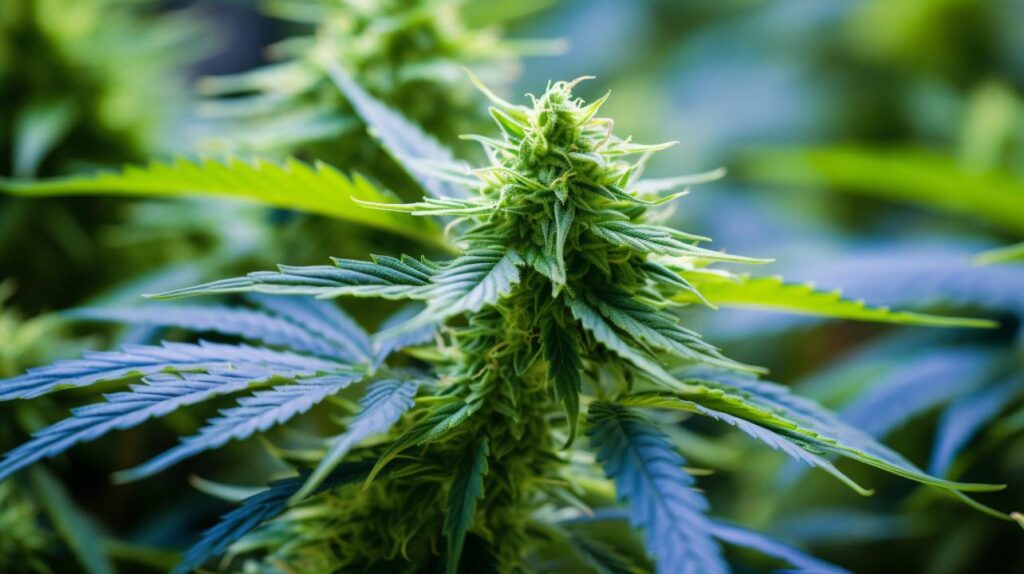
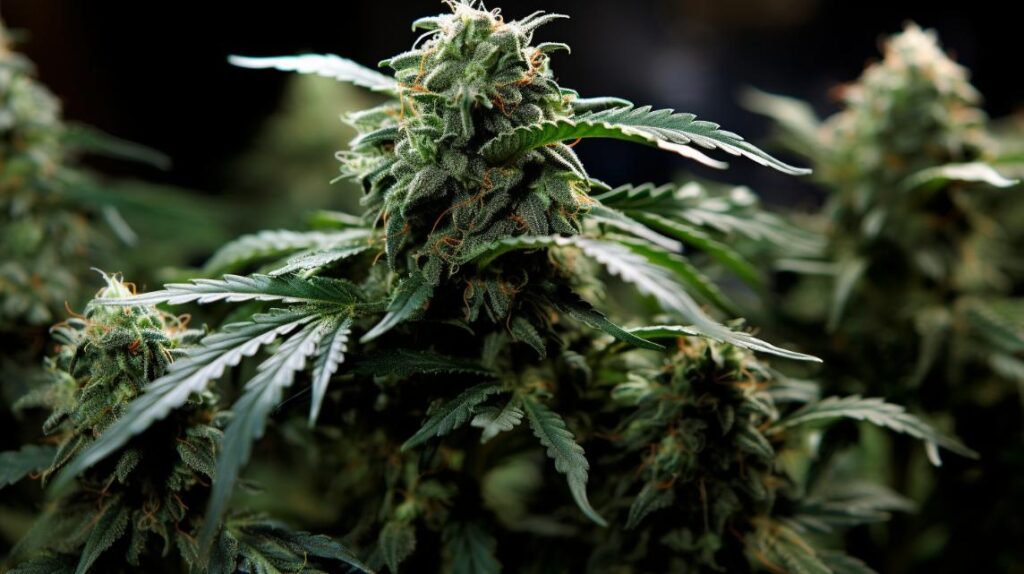
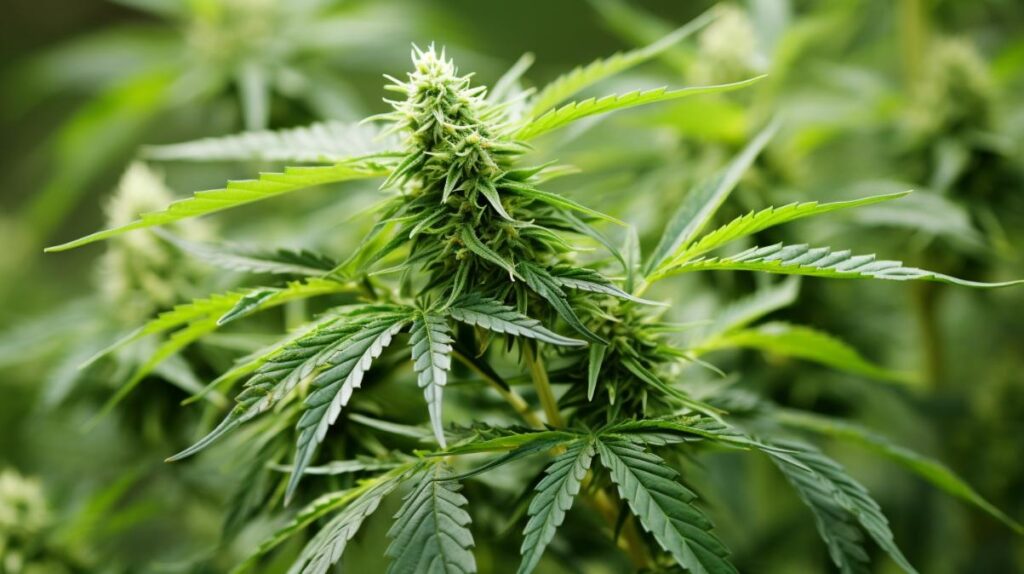
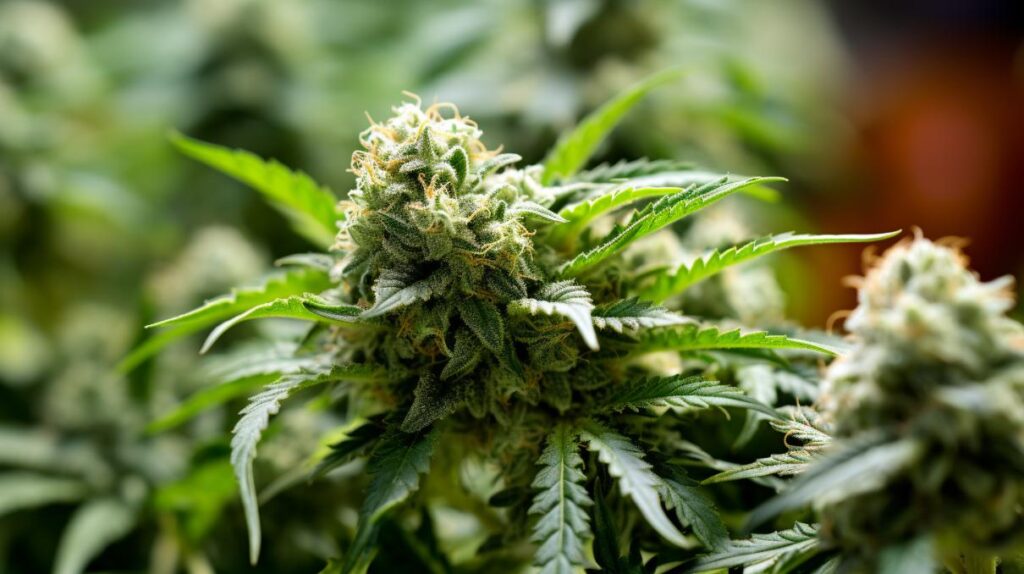
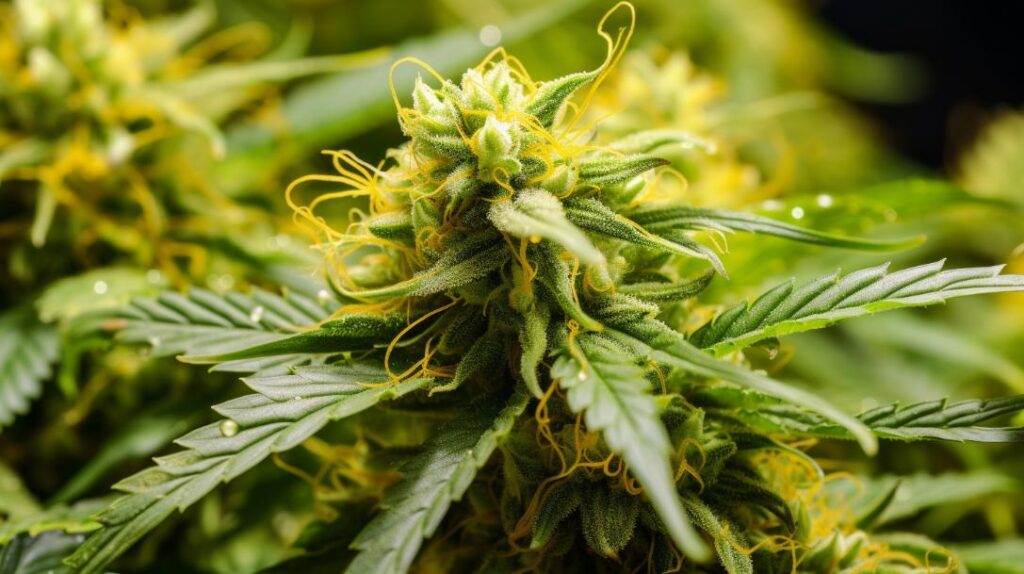

Responses